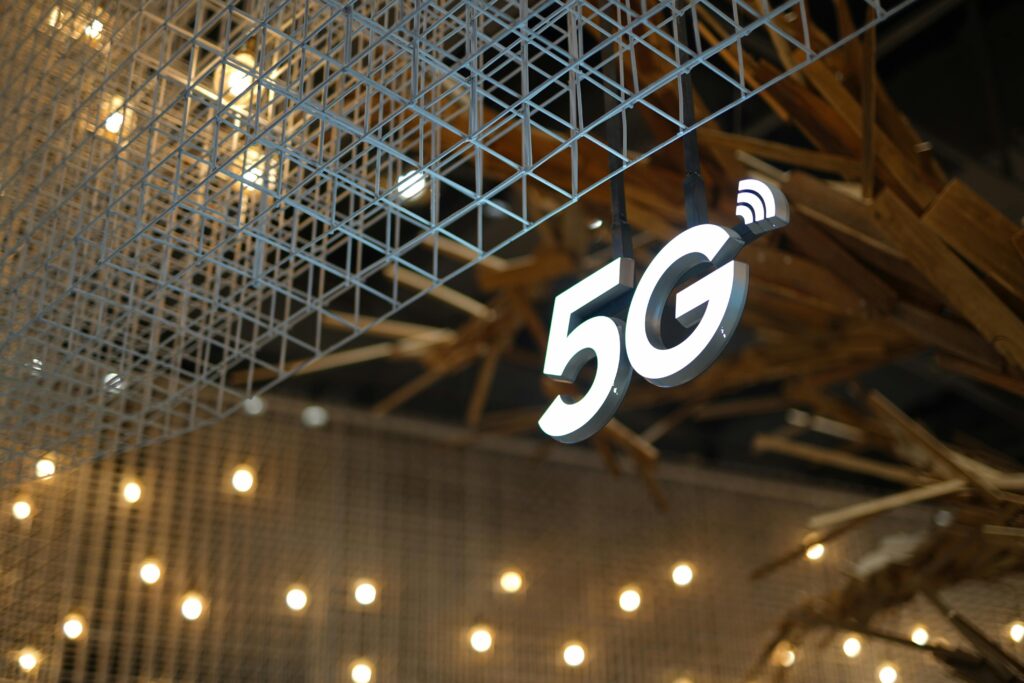
Remember when buffering videos was the norm, and downloading a large file felt like an eternity? Those days are rapidly fading into memory, largely thanks to the advent of 5G technology. More than just a faster internet connection, 5G represents a monumental leap in wireless capabilities, promising to revolutionize everything from how we communicate to how our cities function. But what exactly is 5G, and how will it truly impact our daily lives?
Unpacking the “G”: What Makes 5G Different?
The “G” in 5G stands for “generation.” Just as 4G superseded 3G, 5G is the fifth generation of cellular technology. Its core difference lies in three primary areas:
- Blazing Speeds: This is perhaps the most talked-about benefit. 5G can deliver theoretical peak speeds of up to 10 gigabits per second (Gbps), which is 100 times faster than 4G. Imagine downloading a full-length HD movie in seconds, not minutes.
- Ultra-Low Latency: Latency refers to the delay between sending and receiving information. 5G significantly reduces this delay, often to less than 1 millisecond. This near-instantaneous response time is critical for applications requiring real-time interaction, like remote surgery, autonomous vehicles, and virtual reality.
- Massive Capacity: 5G networks are designed to handle a far greater number of connected devices simultaneously. This isn’t just about more smartphones; it’s about connecting billions of sensors, smart home devices, and industrial machinery, enabling the true realization of the Internet of Things (IoT).
Beyond Your Smartphone: The Transformative Benefits of 5G
While quicker downloads on your phone are a nice perk, the real power of 5G lies in its broader applications and the new possibilities it unlocks across various sectors:
- Smart Cities and Infrastructure: With massive connectivity and low latency, 5G will be the backbone of smart cities. Think intelligent traffic management systems that reduce congestion, connected public transport, smart energy grids, and real-time environmental monitoring. This will lead to more efficient and sustainable urban environments.
- Enhanced Healthcare: Remote healthcare, or telemedicine, will reach new heights. Doctors could perform complex surgeries remotely using robotic arms, enabled by 5G’s ultra-low latency. Wearable health monitors will transmit vital data continuously and reliably, allowing for proactive care and faster emergency responses.
- Industrial Automation (Industry 4.0): Factories will become smarter and more efficient with 5G-enabled automation. Robots can communicate seamlessly, supply chains can be optimized in real-time, and predictive maintenance can prevent costly breakdowns. This ushers in an era of truly connected and intelligent manufacturing.
- Immersive Entertainment: Gaming, virtual reality (VR), and augmented reality (AR) experiences will become incredibly rich and seamless. High-bandwidth 5G connections will allow for cloud-based gaming with no lag and highly realistic VR/AR environments, making these technologies more accessible and engaging than ever.
- Autonomous Vehicles: Self-driving cars rely heavily on constant, real-time communication with other vehicles, infrastructure, and central systems. 5G’s low latency and high reliability are crucial for the safety and efficiency of autonomous vehicles, enabling them to react instantaneously to changing road conditions.
The Road Ahead: Challenges and Opportunities
While the promise of 5G is immense, its full realization depends on continued investment in infrastructure, regulatory frameworks, and overcoming challenges like widespread coverage in rural areas. However, the trajectory is clear: 5G is not just an incremental upgrade; it’s a foundational technology that will drive innovation and redefine industries for decades to come.
As 5G networks continue to expand globally, we’re stepping into an era where connectivity is truly ubiquitous, intelligent, and instantaneous. This powerful technology is set to transform how we live, work, and interact with the world around us, unlocking a future we’ve only just begun to imagine.
